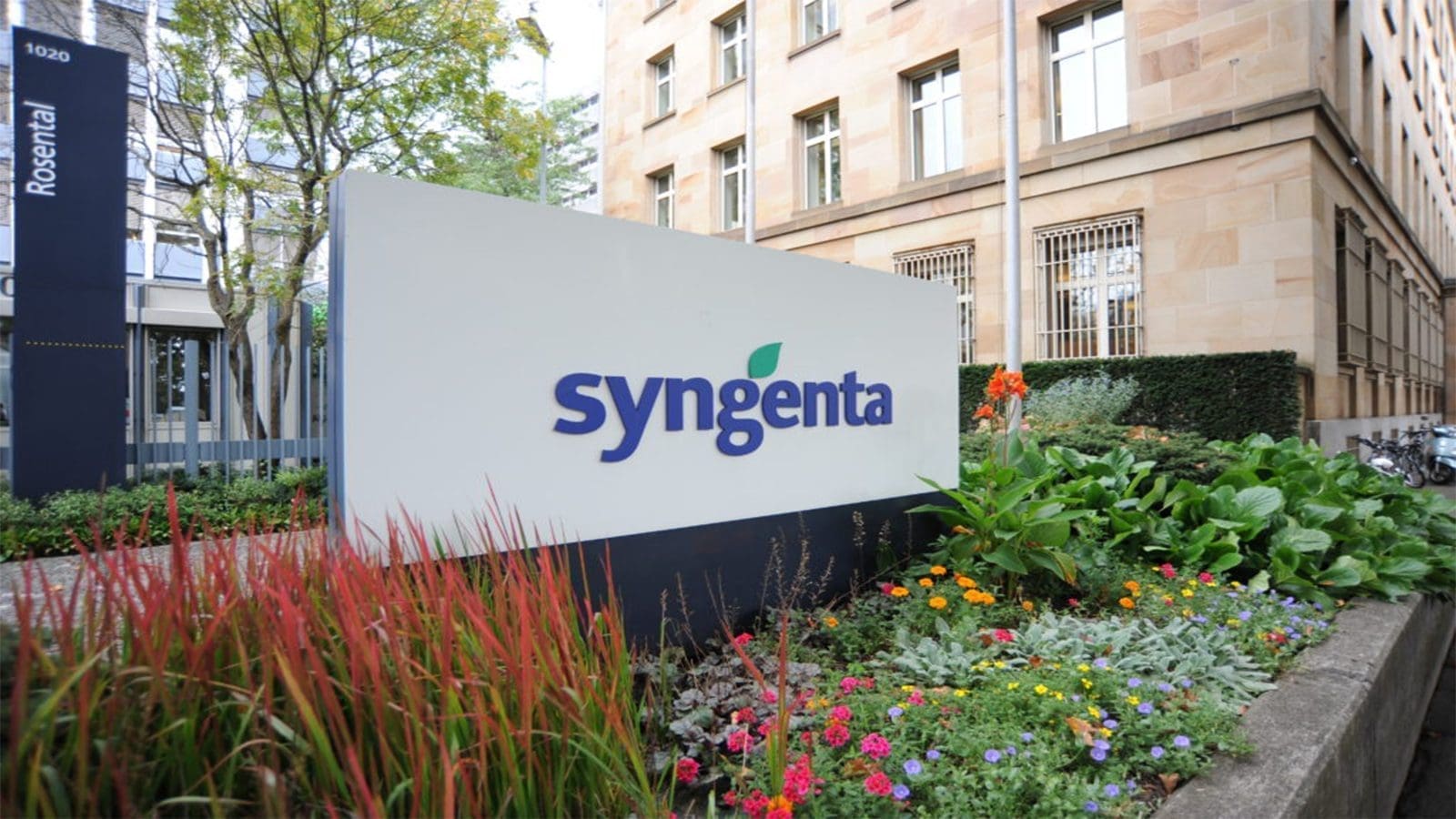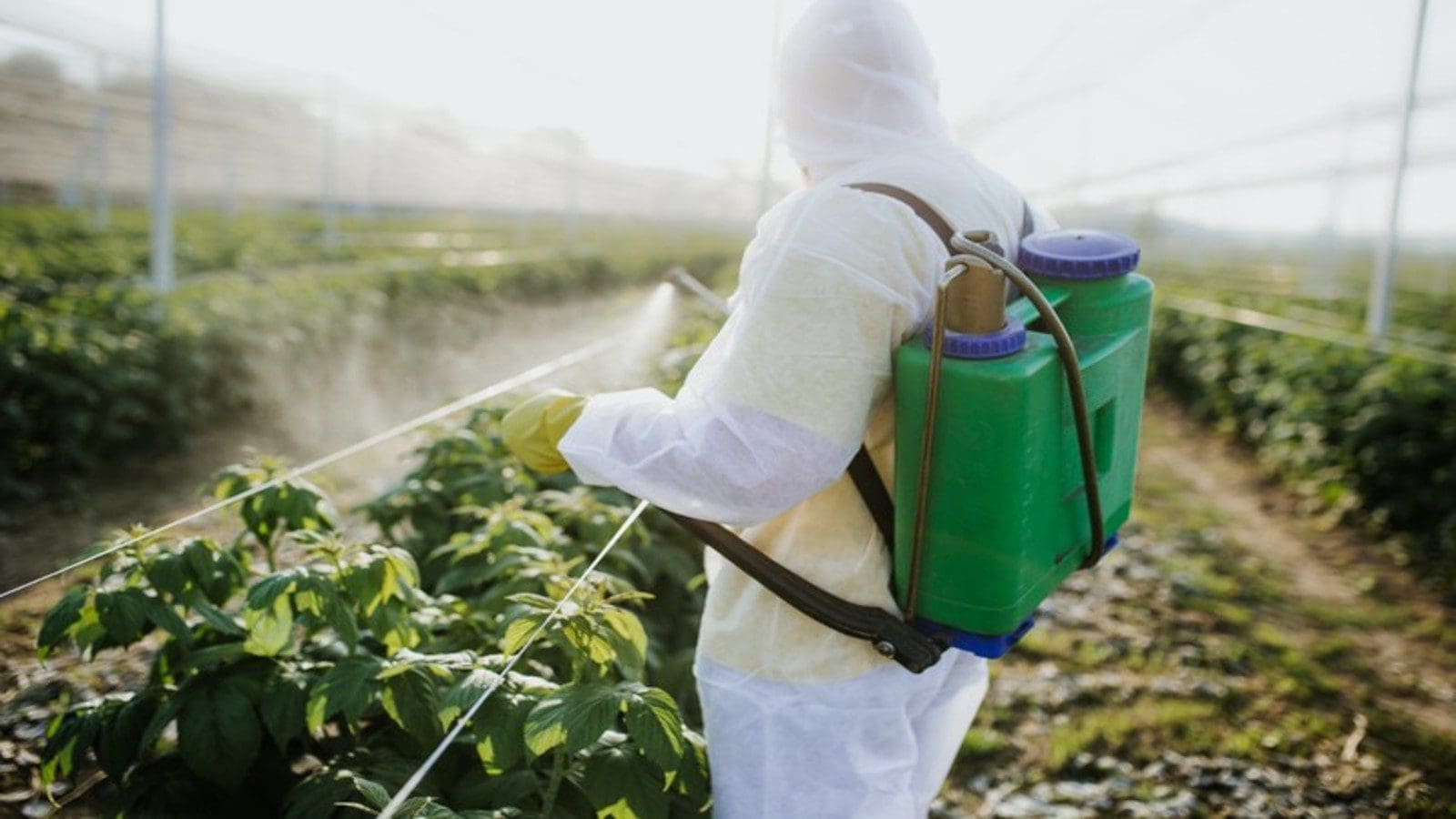U.S – U.S. Department of Agriculture’s (USDA) Agricultural Research Service (ARS) and University of California-Berkeley scientists have worked together to develop a new food freezing method that could result in safer and better-quality frozen foods while saving energy and reducing carbon emissions.
The Agricultural Research Service is the USDA’s chief scientific in-house research agency. Daily, ARS focuses on solutions to agricultural problems affecting America.
The new freezing method, called isochoric freezing, works by storing foods in a sealed, rigid container, typically made of hard plastic or metal, completely filled with a liquid such as water. Unlike conventional freezing in which the food is exposed to the air and freezes solid at temperatures below 32 degrees F (00 Celsius), isochoric freezing preserves food without turning it to solid ice.
As long as the food stays immersed in the liquid portion, it is protected from ice crystallization, which is the main threat to food quality.
“A complete change over to this new method of food freezing worldwide could cut energy use by as much as 6.5 billion kilowatt-hours each year while reducing the carbon emissions that go along with generating that power by 4.6 billion kg, the equivalent of removing roughly one million cars from roads.”
Christina works with the Healthy Processed Foods Research Unit, part of ARS’s Western Regional Research Center (WRRC) in Albany.
She said these savings could be realized without requiring any significant changes in current frozen food manufacturing equipment and infrastructure, if food manufacturers adopt the new freezing concept.
Further, she expounded that the energy savings come from not having to freeze foods completely solid, which uses a huge amount of energy, plus there is no need to resort to energy-intensive cold storage protocols such as quick freezing to avoid ice crystal formation.
Isochoric freezing also allows for higher quality storage of fresh foods such as tomatoes, sweet cherries and potatoes that are otherwise difficult to preserve with conventional freezing.
Another advantage of isochoric freezing is that it also kills microbial contaminants during processing.
“The entire food production chain could use isochoric freezing—everyone from growers to food processors, product producers to wholesalers, to retailers. The process will even work in a person’s freezer at home after they purchase a product—all without requiring any major investments in new equipment. With all of the many potential benefits, if this innovative concept catches on, it could be the next revolution in freezing foods.”
Boris Rubinsky, UC-Berkeley biomedical engineer and Co-leader of this project, first developed the isochoric freezing method to cryopreserve tissues and organs for transplants.
Since then, ARS and UC-Berkeley have applied for a joint patent for applying isochoric freezing to preserving food. The research team is now developing the best applications for this technology in the frozen foods industry, especially scaling up the technology to an industrial level. They also are in the hunt for commercial partners to help shift the technology to the commercial sector.
UC-Berkeley mechanical engineer Matthew Powell-Palm, one of the lead authors of the study paper, noted that isochoric freezing is a cross-cutting technology with promising applications in not only the food industry, but in medicine, biology, even space travel.
Water Resources Research Center (WRRC) was selected as a National Historic Chemical Landmark in 2002 by the American Chemical Society for developing the Time-Temperature Tolerance studies, which made possible the production of stable, safe and high-quality frozen food, revolutionizing the industry in the 1950s.
Liked this article? Subscribe to Food Safety Africa News, our regular email newsletters with the latest news insights from Africa and the World’s food safety, quality and compliance. SUBSCRIBE HERE








